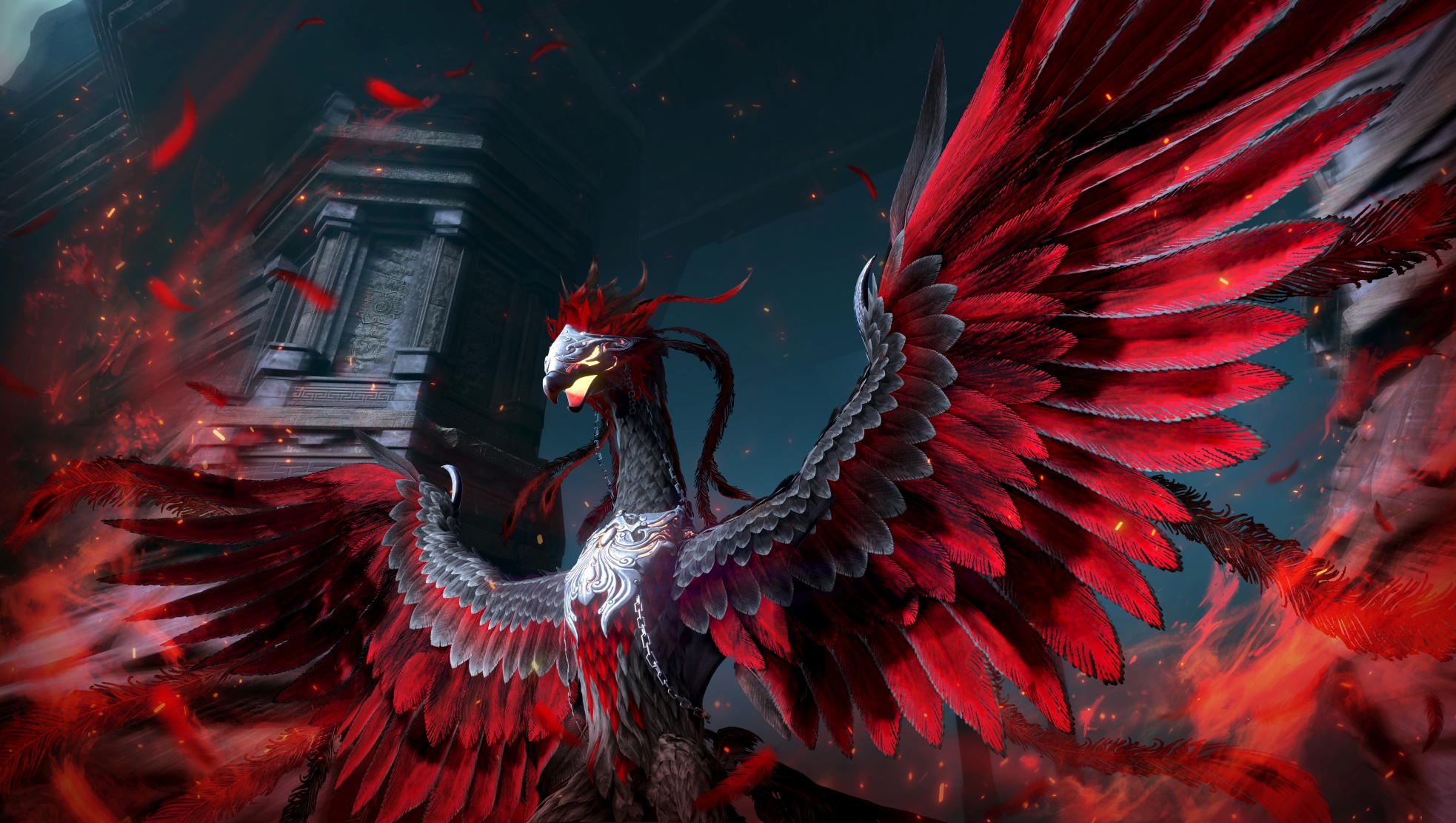
History is clearly on the mind of Black Desert developer Pearl Abyss, which given the game is celebrating its 10th anniversary in an 800 year-old French castle, isn't that surprising. Nonetheless, as Pearl Abyss reels off a list of planned new features for its MMO, I'm struck by how much Black Desert's future dwells upon ideas of the past. Not only is the game currently wrapping up an expansion heavily inspired by Korean traditions and folklore, its more distant plans will see players explore the history of Black Desert itself, by travelling back in time thousands of years.
It's an interesting direction for a studio that has, according to Executive Producer Jaehee Kim, spent most of the last decade thinking as far ahead as possible. "[We] wanted to make a game that would be fun in the very far future," Kim says during a roundtable interview, when I ask him how Black Desert has navigated the often volatile waters of the MMO genre. "The genre was more like a framework for [us]."
Kim explains that Black Desert Online wasn't designed to appeal to a specific audience, but to be as broad as possible. Players can go around fighting monsters or other players if they wish, but they can equally apply their time to pursuing other activities like sailing, farming, hunting and shipbuilding. "It's being able to think about the long future that is why [we're] able to build [Black Desert]", Kim continues, "because there's so many elements you can include in that MMO framework."
For most of its history, that long-term thinking has been reflected in the game's map. Since its inception, much of Black Desert's map has been shrouded by clouds which have been gradually peeled back over time. Now, however, that process is coming to an end. "Our world map is almost all uncovered now," Kim says. Going to the past, therefore, is the studio's way of thinking about Black Desert Online's way of thinking about that long-term future. "It was like 'what's the next big adventure?'"
Seoul's born
Which isn't to say that Black Desert's vanilla map has completely run out of new areas to explore. The next expansion coming to Black Desert is Land of the Morning Light: Seoul, the second and concluding part of last year's Land of the Morning Light addon. This expansion introduces a major new city to the game inspired by the historical Seoul, including recreations of major cultural landmarks such as Gyeongbokgung Palace.
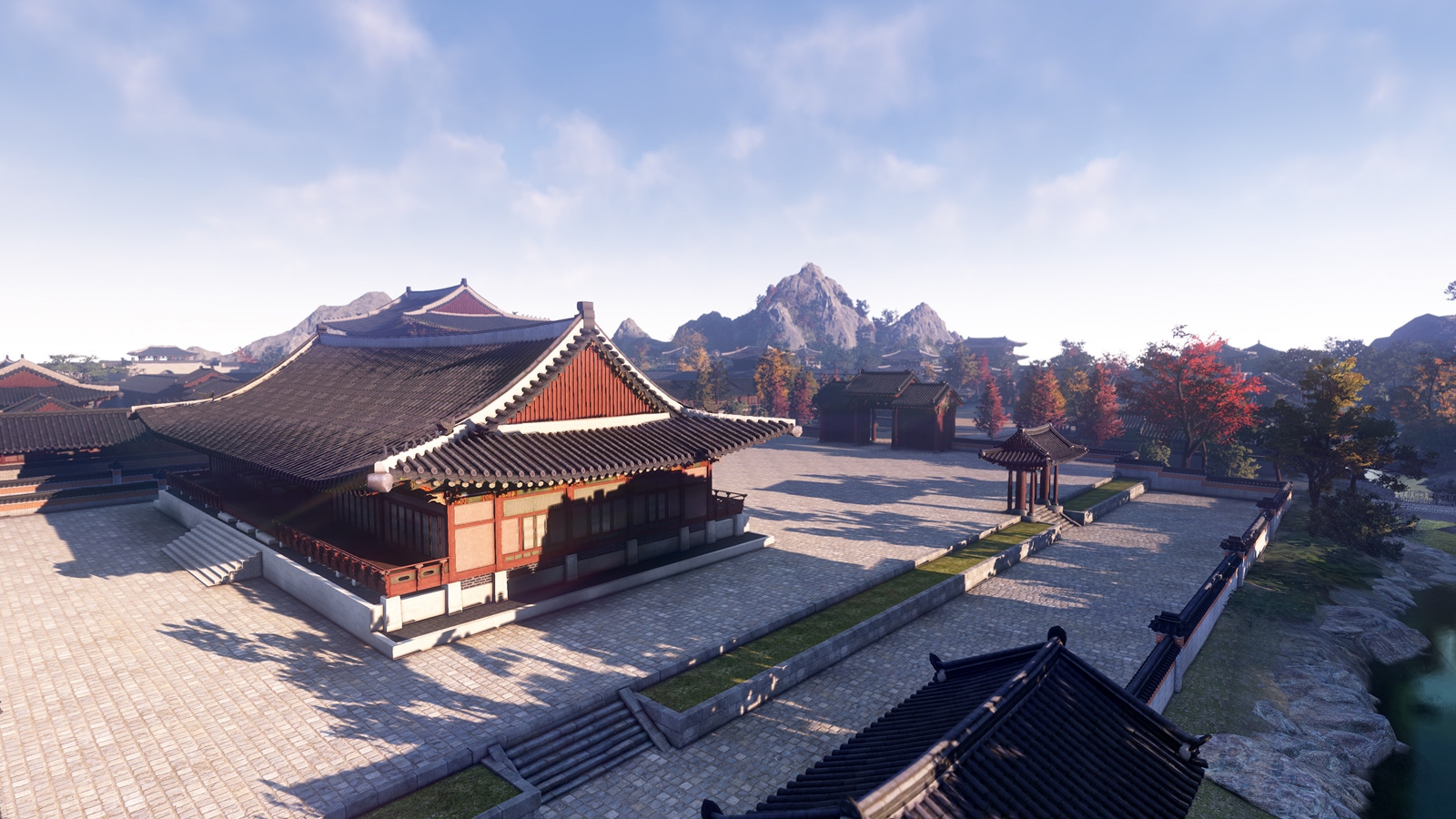
Key to both halves of Land of the Morning Light is the inspiration they take from Korean history and folklore, compared to the broader game which pulls equally from Western and Eastern fantasy and culture. "When we first started Land of the Morning Light development, it was like 'Hey, let's just do whatever we can be really good at'" says Jeonghee Jin, CEO of Pearl Abyss America. "We're very familiar with Korean culture, Korean folktale, so we wanted to bring part of it [to Black Desert Online]."
'Part of it' is the crucial phrase here. Where the first part of the expansion explored more familiar Korean folklore, the second part will plumb the depths of these classic tales, with eight new stories for players to pursue that will also wrap up the plot events set up in the first half. "When we open up this new chapter of Land of the Morning light, there are more unique stories that even some Koreans are not very familiar with," Jin explains. "That really dig into Korean folktales to find the more interesting stories." One such example is Uturi, a character based on a Korean folktale about a baby born with wings.
Alongside this, the Seoul expansion introduces ten new bosses to fight, and a new way to fight them—five player coop. This is a direct response to the introduction of the 'Black Shrine' system in the first part of the expansion, which replaced the series' traditional 'grind spots' with unique bosses that could be defeated in solo or Guild-based co-op. "Players really liked it," Jin says. "So this time we wanted to bring in another, newer type of gameplay." These encounters were originally planned as even larger Guild Raids, but were scaled back to increase the sense of camaraderie and personal achievement within the group.
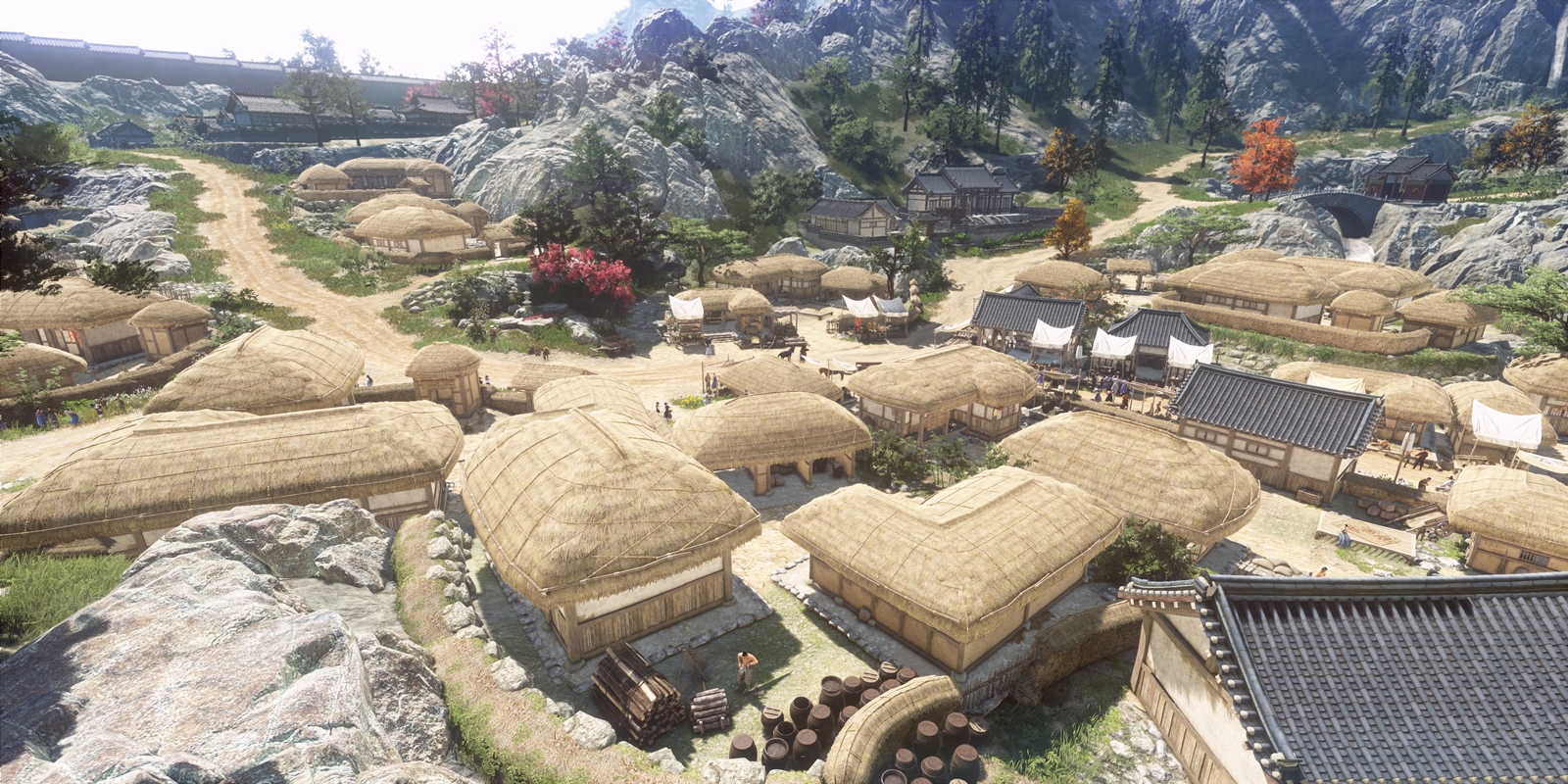
Guild wars
During the livestreamed keynote at the tenth anniversary event, one of the biggest reactions came with the announcement of hardcore PvP servers. In these servers, all players start from level 60 with preset gear. When they die, players are incarcerated in a Call of Duty: Warzone-style prison, where they must either wait to escape, or fight other players in 1v1 duels to earn their freedom.
The hardcore servers are Pearl Abyss' latest attempt to solve a long-running issue regarding PvP in Black Desert. Historically, PvP and PvE players have coexisted in Black Desert's World, but this has led to significant griefing problems, with high level PvP players killing PvE players just because they can.
It's a problem Pearl Abyss has spent the last couple of years addressing. "We've recently made some changes to make the community a little more balanced, but some PvP players didn't like the direction," Jin explains. "Now, we are making more changes so that we can meet some of the PvP players' expectations and provide a better experience for them."
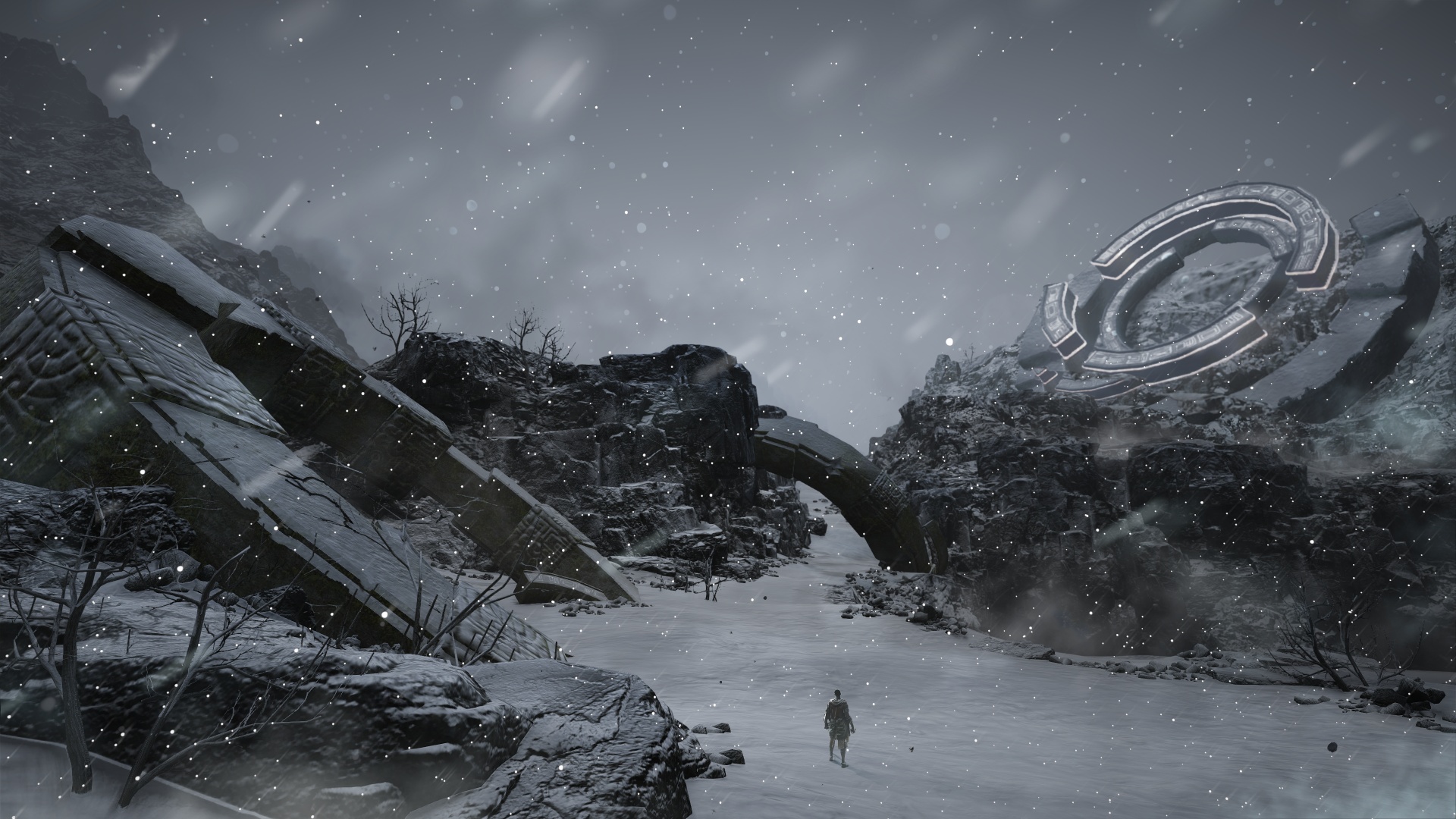
The hardcore servers are one such change, but there are further adjustments in the works. "We're making some changes to the guild system, so that players can have a better experience," Jin says. Currently, the status of a guild in Black Desert, whether it's PvE, PvP, or focussed on Life Skills like farming, fishing etc, is based on whatever the players collectively agree upon. But Pearl Abyss plans to properly systematise guild statuses, giving players an official framework through which to define their guilds. Within this system, players can also earn a new currency called 'fame' for their guilds, letting them earn guild-wide rewards like dragon mounts. "If you are a strong PvP player, then you can join a PvP guild and it should have a reputation as a PvP guild. If you're a PvE player you can choose a PvE guild," Jin points out.
Collectively, these ideas are designed to help players enjoy the experience they want, while minimising the risk of it being spoiled by other players. It seems like a logical arrangement, but given how online communities can be, whether it'll work or not is another matter entirely.
Past lives
Once Land of the Morning Light launches in Korea on August 7 (and after localisation globally) there will be two more expansions added to the base map. Mountain of Dawn Break will see players exploring a new, mountainous region of the map which, when completed, provides access to the final map regions, a 100-floor dungeon known as the Demon Land. The Demon Land realm is built around one massive, sprawling gothic castle, which in screenshots has a serious Souls vibe.
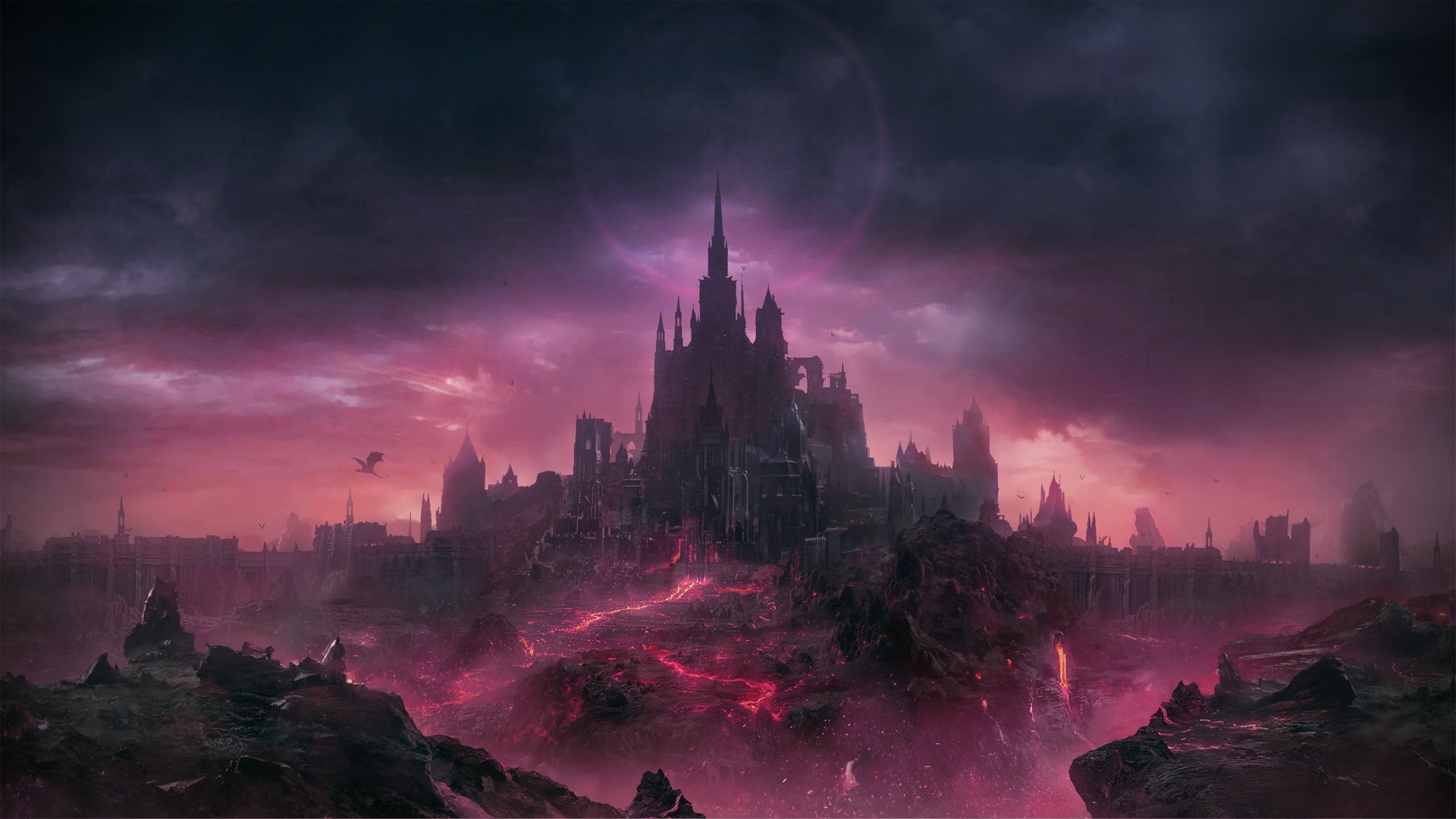
Demon Land is the last shrouded area on Black Desert's existing map, and it's after this that Pearl Abyss plans to send players back in time. For this as-yet unnamed expansion, players will encounter a strange, orb-like monument called the Magnus, which has the ability to send players to alternative realms, parallel worlds, and the deep past.
Now, a cynic might say that a time-travel expansion is a canny way to reuse the original map without having to create any new areas. But based on the concepts shown during the event, Pearl Abyss is planning a significant revamp of the existing map. An area known as the Valencian Desert, for example, is reimagined as a lush forest in this earlier version of Black Desert's world.
Pearl Abyss is also keen to explore the narrative opportunities provided by such a prequel. "When you actually learn about [the history], like from a long time ago, you can really track back, what happened to the region, what happened is throughout the time," Jin says. "I think this is gonna be really cool for the existing players, and also the new players who feel like all of this is a new region to them."
Alongside these narrative plans, I ask Jin whether there are any mechanical ideas time-travel affords. A new class built around time-manipulation, for example, seems like a fitting accompaniment to an expansion like this. Jin says there are still a lot of "moving pieces" regarding what systems might be added to the expansion, with nothing set in stone yet. But it does seem like there will be more to this expansion than new areas to explore and stories to pursue.
While these latter ideas are still very much as a conceptual stage, it's nonetheless interesting to have such a clear sense of Black Desert's future. Then again, if Kim's statement is anything to go by, this has always been Pearl Abyss' way. Whether or not players will take to the new, old Black Desert is another matter. But even as someone with only passing familiarity with the game's lore, a time-travelling expansion is an arresting concept. As is always the case with these things, time, ultimately, will tell.







